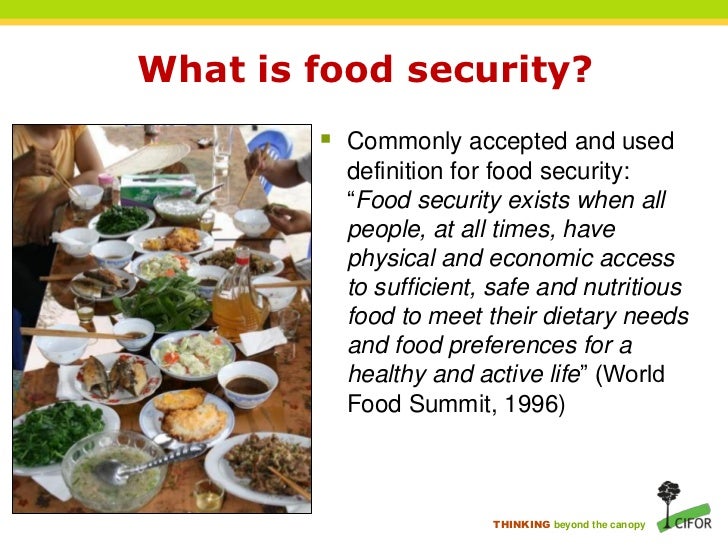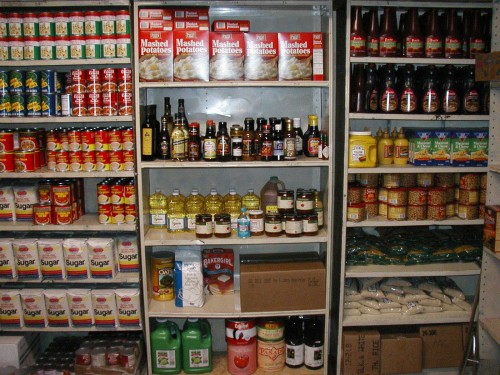"Food for every ones table and every homes"
Rizal Philippines
March 23, 2016
Wonder grass ideal for cattle fattening
The important inputs for the cattle growing:
1. The stocks/breed
2. Food
3. Medicine
Cattle can be grown well in areas that are cool and has plenty of grass
For the stocks, my uncle buys from the farms with blood line. He even imports semen for AI and lets consultants from DA do the job. He has some of his breeders loaned from the Department of Agiculture Bureau of Animal Industry, which implements the cattle dispersal program under RA 4069 of 1964. It provides for that the breeder borrowed shall be repaid by two calves preferably female of not less than 150 kg. The said repayment shall be relent to other farmers and cascade down the line. Each cattle loaned is priced between P20, to 45t. The cattle loaned to my uncle is reportedly priced at P200,000. and originated from Welard farm in Australia. He complains though, that they send pregnant cows and he lost one which was distressed by the long travel.. It is made available to farmers who has no cattle and where is sufficient feed supply
From Philstar - Cattle dispersal in Quezon
Cattle raising is an opportunity areas because competition is low,
and output is low, so there is room for growth
Feeds which posed to be a big expense is now solved with the wonder grass imported from Africa and Thailand. It has high protein content, about 18% and ideal for cattle fattening. He has a an area about 3000 sm planted to the miracle grass
The other is a waste product from the other livestock farm. (Up to 15 weeks old waste product)
I told my uncle that there is 5 hectare farm available for consolidating his stock and has water source, has shade from mango and coconut trees, and has this miracle grass. They can probably support a population of 1,000 cattle.
Imagine expense free feed for the cattle.
Corn is an important food for the cattle. My uncle was unsuccessful in having corn grown at now site of Windmill farm.
From FAO, Characteristic, Chemical Composition, and Nutritive value of miracle grass
This can be a perennial food for cattle and can be fed or fresh to the cattle, with high DM (dry matter content) and high nutritive value. Cattle can be held in corral, and not roam anymore so that they can be fattened faster. This wonder grass is widely used for cattle raising in Africa. (Lessen dependence on corn, sorghum, alfalfa, and other grass type.
High weight gains can be achieved using the wonder grass:
Table 8. Influence of Gliricidia and Leucaena on DM intake and weight gain of zebu steers fed on Napier grass
| Experiment 1 |
Level of Supplementation (g/kg 0.75)
|
| DMi (kg/day) |
0
|
7.5
|
15
|
22.5
|
30
|
| Napier (CP=76) |
5.2
|
4.7
|
4.5
|
4.3
|
4.2
|
| Gliricidia (CP = 210) |
0
|
0.4
|
0.7
|
1.1
|
1.5
|
| Total |
5.2
|
5.1
|
5.2
|
5.4
|
5.7
|
| Gain (kg/day) |
0.31
|
0.36
|
0.43
|
0.37
|
0.48
|
| Experiment 2 |
|
|
|
|
|
| DMi (kg/day) |
|
|
|
|
|
| Napier (CP = 79) |
5.2
|
5.3
|
5.3
|
5.3
|
5.1
|
| Leucaena (CP = 220) |
0
|
0.5
|
0.9
|
1.3
|
1.7
|
| Total |
5.2
|
5.8
|
6.2
|
6.6
|
6.8
|
| Gain (kg/day) |
0.54
|
0.71
|
0.72
|
0.79
|
0.85
|
Mineral composition of Napier grass
| Minerals |
Ca
|
P
|
Mg
|
K
|
Cu
|
Zn
|
Mo
|
Co
|
Mn
|
Fe
|
|
(g/kg DM)
|
(mg/kg DM)
|
| Concentration |
3.5
|
2.0
|
1.7
|
8.0
|
7.1
|
50.4
|
14.4
|
2.0
|
33
|
40.4
|
| Critical level |
3.0
|
2.5
|
2.0
|
0.7
|
10.0
|
30.0
|
6.0
|
0.1
|
35
|
30.0
|



























